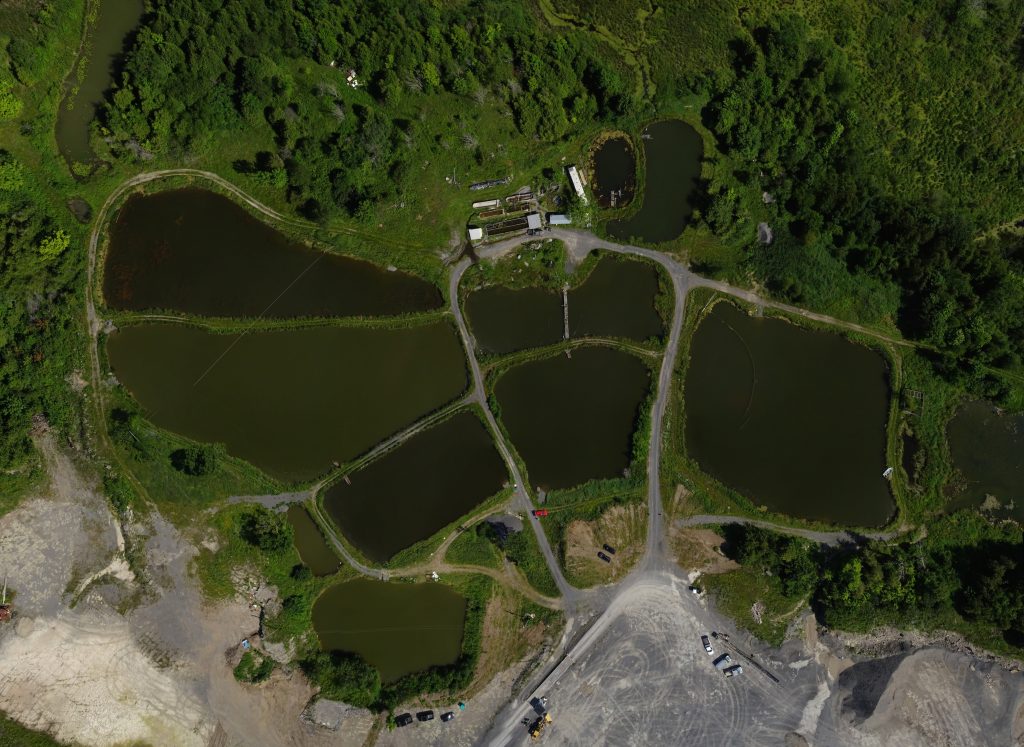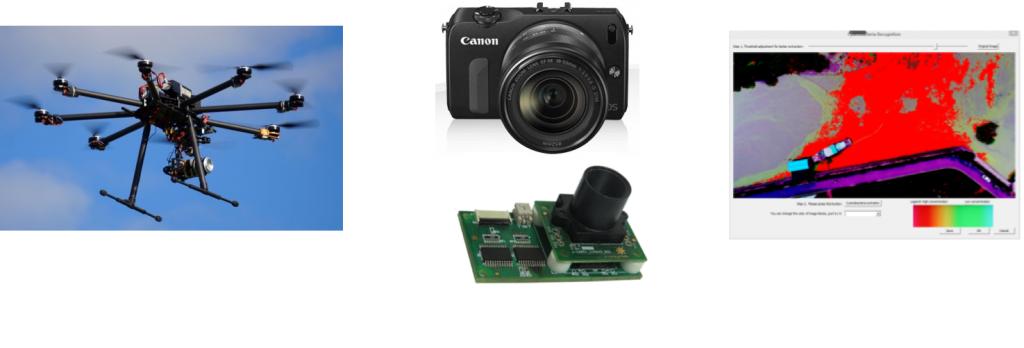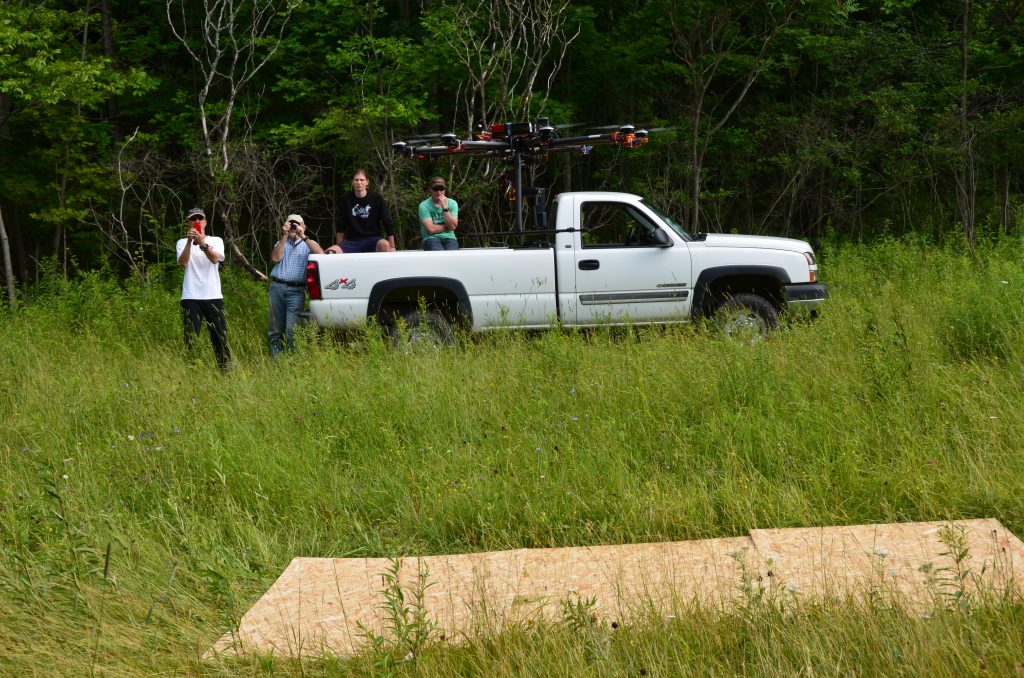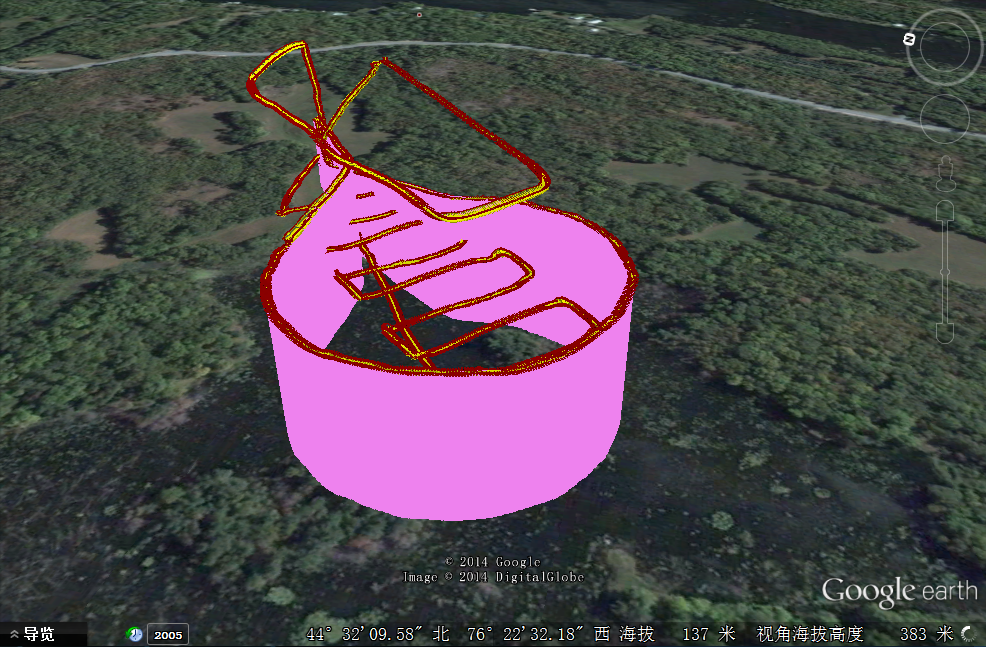
Harmful Algal Blooms (HABs) are characterized by an overgrowth of algae in water, or an algae bloom. Algae blooms become harmful to the ecosystem when the blooming organisms contain toxins which can lead to death of marine life, produce harmful conditions to health, and have significant impact on economics.
It is proposed to use autonomous UAS equipped with proper sensors to automatically detect HAB, to track HAB scope and its growth. The scientific side of research is to develop the detection using RGB band camera with spectral enhancement techniques; while the engineering side of research focuses on integrated and interactive sensing/control of UAS: 1) optimized flight control (altitude, speed, angle, etc) for best possible data collection; and 2) data-oriented autonomous navigation to track HAB scope and growth.



Participants:
- Prof. Yuxiang Wang (Queen’s)
- Prof. Daniel Lefebvre (Queen’s)
- Yih Tang Yeo (MASc)
- Yasir Malang (MASc) – on original VTOL design
- Dr. Pin Lyu (NUAA)
- Prof. Jizhou Lai (NUAA)
Related Publications:
2019
Effective aerial monitoring of cyanobacterial harmful algal blooms is dependent on understanding cellular migration Journal Article
In: Harmful Algae, 87 , 2019.
2016
Autonomous cyanobacterial harmful algal blooms monitoring using multirotor UAS Journal Article
In: International Journal of Remote Sensing, 2016.
2015
AUTONOMOUS FLIGHT CONTROL OF A VERTICAL TAKEOFF AND LANDING FIXED-WING UNMANNED AERIAL VEHICLE Inproceedings
In: CASI AERO 2015, Montreal, QC, 2015.